There is much to be done and enjoyed in the August garden. Butterflies abound, while the magenta, burgundy and orange hues of late-summer bloomers foreshadow fall colors. Give your containers and summer edibles some love by keeping them appropriately watered and fed. Deadhead spent summer flowers for repeat blooms — or let them set seed to provide food and habitat for wildlife through the coming months. As you go, take stock of what you see in the yard, preparing for fall planting. Here’s what to do in U.S. gardens in August.
Find your August garden checklist:California | Central Plains | Great Lakes | Mid-Atlantic | Northeast
Pacific Northwest | Rocky Mountains | Southeast | Southwest | Texas
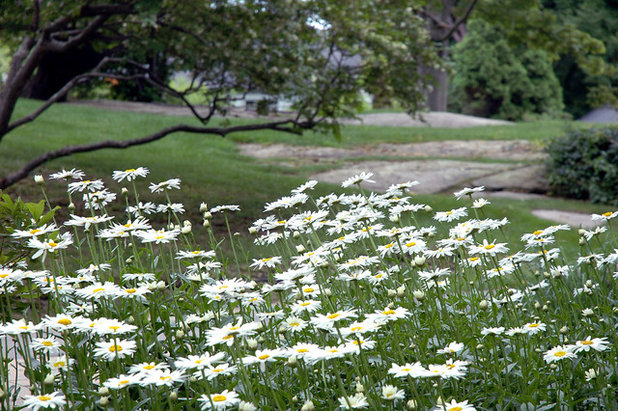
Timothy Lee landscape design
Northwest. "Keep on deadheading roses, Shasta daisies (
Leucanthemum x
superbum), dahlias and other summer-flowering plants," writes landscape designer Genevieve Schmidt. "By removing spent flowers, you encourage the plant to continue setting new buds and put energy into blooms for the rest of the summer."
Get her Northwest August checklist
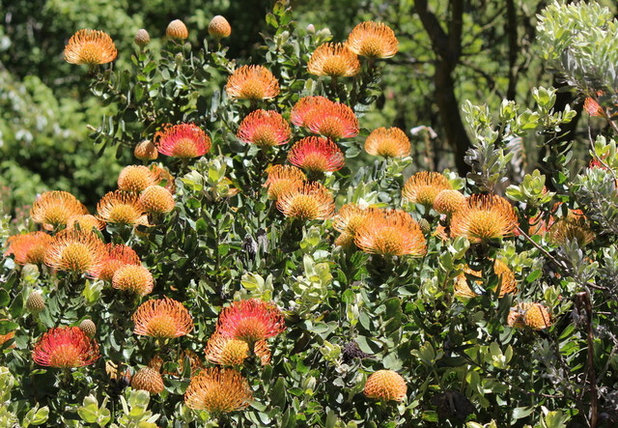 California.
California. "Golden Gate Park in San Francisco, once an area of windswept sand dunes, is now a showcase of plants from all over the world," writes garden editor Bill Marken. "Few are more eye catching than nodding pincushion, one of many proteas from South Africa. Proteas are notoriously difficult to grow, which explains their high cost as cut blooms. They are worth a try if you can provide what they need: perfectly drained soil and the perfect climate — coastal, not too hot."
Get his California August checklist | Summer tips for the California garden
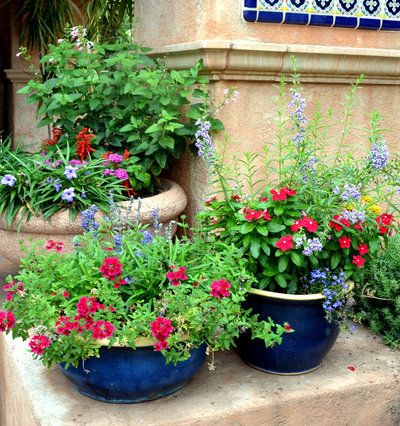
Noelle Johnson Landscape Consulting
Southwest. "Are your container plants looking tired? To look their best, plants need to be fertilized when grown in containers," writes Arizona horticulturalist Noelle Johnson. "Use a slow-release all-purpose fertilizer, which lasts about three months, or apply a liquid fertilizer every two weeks. You will be rewarded with bigger plants and more blooms."
Get her Southwest August checklist
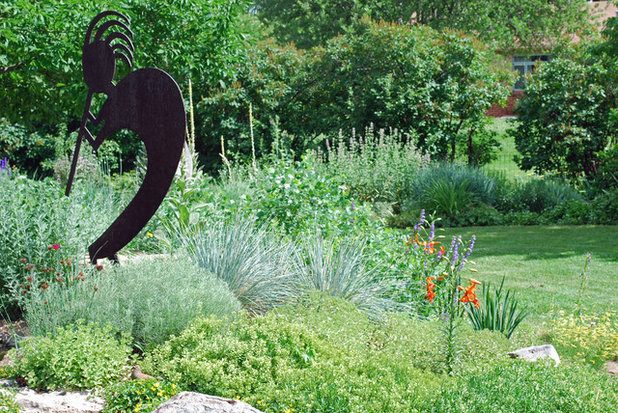 Rocky Mountains.
Rocky Mountains. "The high heat of August is not the time to divide or move plants, but it’s a great time for planning ahead for an active September and beyond," says Colorado landscape designer Jocelyn Chilvers. "Look at your garden with a critical eye as you plan your shopping and work lists for the cooler days to come."
Get her Rocky Mountains August checklist
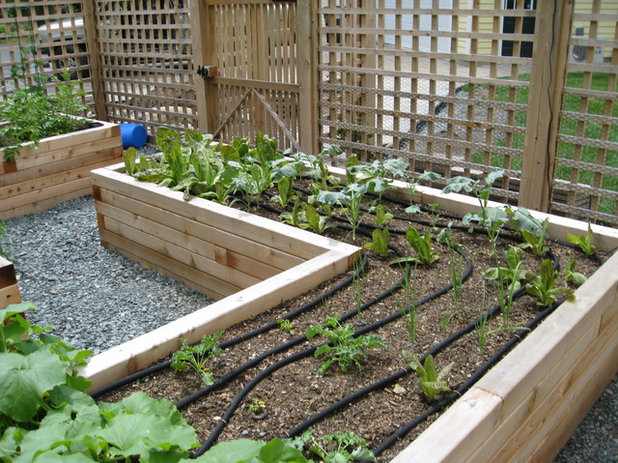
Land Design, Inc.
Texas. "Light, frequent waterings will simply encourage shallow roots, which will not serve your plants well in times of heat and dry weather. It's preferable to water more deeply but less often, encouraging your plants' roots to dig down deep into the soil," writes landscape designer Jenny Peterson.
"Avoid watering directly onto the foliage of your plants, and water earlier in the morning or later in the day to avoid rapid evaporation," she advises. "Better yet, install drip irrigation or soaker hoses to direct water closer to the plants' roots."
Get her Texas August checklist
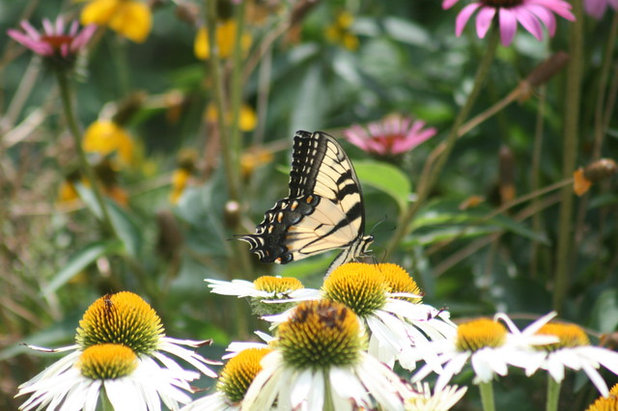
Benjamin Vogt / Monarch Gardens
Central Plains. "This is prime butterfly season. You can deadhead flowers and hope for a second, smaller flush, or leave them up for winter interest," writes Nebraska garden consultant Benjamin Vogt. "Most birds will eat the seeds in fall, so you have to decide if deadheading is worth the gamble. Usually it's best to leave up coneflowers and other mid- to later-summer bloomers, while early summer blooms might be a good bet to cut back. Here a tiger swallowtail is enjoying a pit stop."
Get his Central Plains August checklist
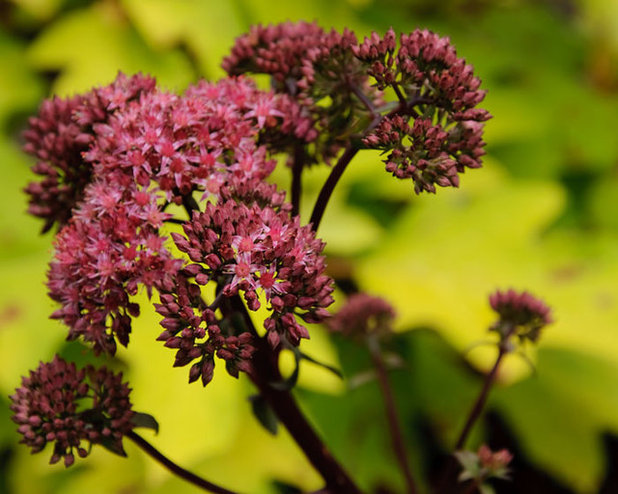
Barbara Pintozzi
Great Lakes. "August marks the transition from summer to autumnal blooms, starting with the tall sedums, including
Hylotelephium 'Purple Emperor'," writes Illinois garden coach Barbara Pintozzi. "Growing it in front of chartreuse foliage makes it a garden standout."
Get her Great Lakes August checklist
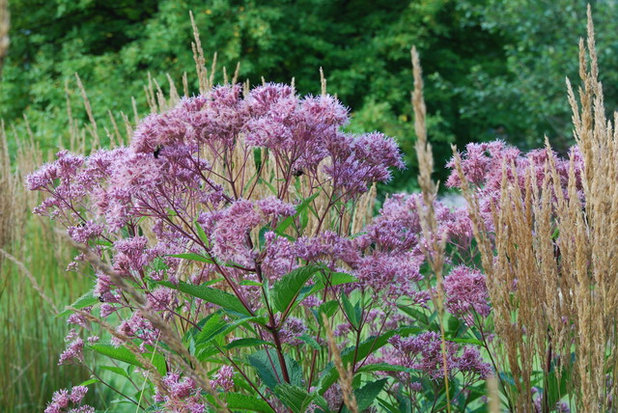
Paintbox Garden
Northeast. "Joe Pye Weed (
Eupatorium spp) is blooming along roadsides and in meadows," writes Vermont landscape consultant Charlotte Albers. "This native wildflower is widely adaptable and grows well in poor soils, so it's a good choice for a rain garden or swale, or to put in an area where water pools when rains are heavy."
"The species is a bit intimidating — just too tall for most gardens, but there are shorter versions. This is 'Phantom' (
Dupatorium x 'Phantom,' zones 4 to 8), a dwarf that grows about 40 inches tall and attracts honeybees and butterflies."
Get her Northeast August checklist | See more beauties of the meadow
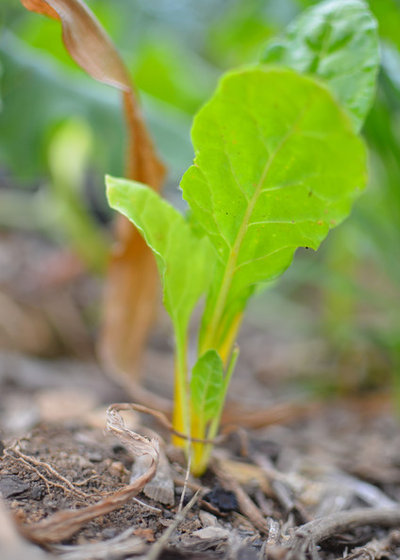
Amy Renea
Mid-Atlantic. "While the temperatures are scorching now, cool weather will be here in a couple months, so now is the time to start seeding cool-season plants," says garden writer Amy Renea. "I love planting a second run of greens like chard (pictured), spinach and a variety of lettuces. Wait for a summer rainstorm and get out there and seed!"
Get her Mid-Atlantic August checklist
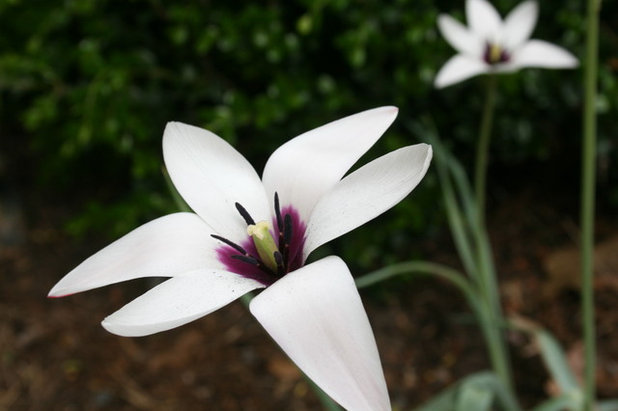
Gardening with Confidence®
Southeast. "Select and preorder your spring-blooming bulbs now while supplies are plentiful," writes North Carolina garden writer Helen Yoest. "Don’t put off today what will be gone tomorrow. The most unusual bulbs sell out fast. I can say this now because I’ve already put in my order. Try something fun such as the species tulip
Tulipa clusiana."
Get her Southeast August checklist





